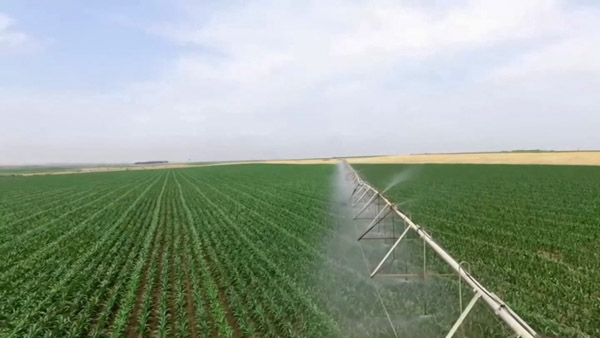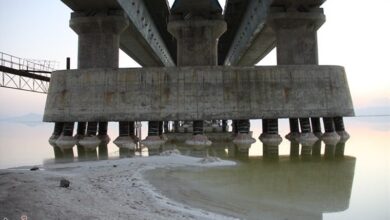
The National Center for Drought of the Meteorological Organization announced in April this year that since the beginning of the current water year, the rainfall in several provinces of the country, including Ardabil province, has decreased compared to the average long-term rainfall.The National Center for Drought of the Meteorological Organization announced in April this year that since the beginning of the current water year, the rainfall in several provinces of the country, including Ardabil province, has decreased compared to the average long-term rainfall.
According to the National Drought Center of the Meteorological Organization, Ardabil province, along with a number of other provinces, including Chaharmahal and Bakhtiari, Kohgiluyeh and Boyer-Ahmad, Kermanshah and North Khorasan, is facing a decrease in rainfall this water year. The average rainfall in the whole country with the decrease of celestial mercy is 42 mm more than long-term rainfall.
The CEO of Ardabil Regional Water Company stated that the amount of rainfall based on the statistics of 24 base stations located in different parts of the province is monitored, measured and recorded every day, adding: until May 11, 1998, the average rainfall in the province was 229 mm. Compared to the same period last year, the long-term average is less than eight millimeters and shows a decrease of about three percent.
Abbas Jangi Marni said: “Currently, the average rainfall in the country is 289 mm, which shows an increase of 70 mm compared to the same long-term period in the country.”
He stated: According to the statistics of the National Center for Drought and Crisis Management, Ardabil province is among the 316 provinces in terms of comparative statistics of rainfall that occurred until May 10, 1999, in 25 countries.
Jangi Marni added: “In terms of rainfall, Ardabil province is in the fourth place compared to the provinces located in the northwest of the country, including the provinces of East Azerbaijan, West Azerbaijan, Zanjan, which are in relatively similar climatic conditions.”
In addition to declining rainfall, lack of proper water management and lack of water conservation in agriculture and drinking water have increased the effects of drought in the province, depleting water from reserves, reducing groundwater resources and drying up many rivers and springs.







